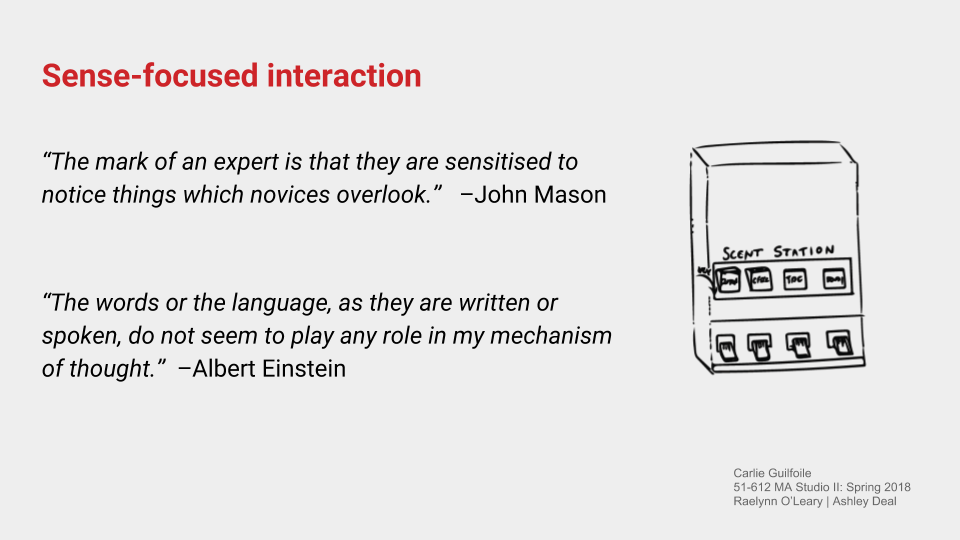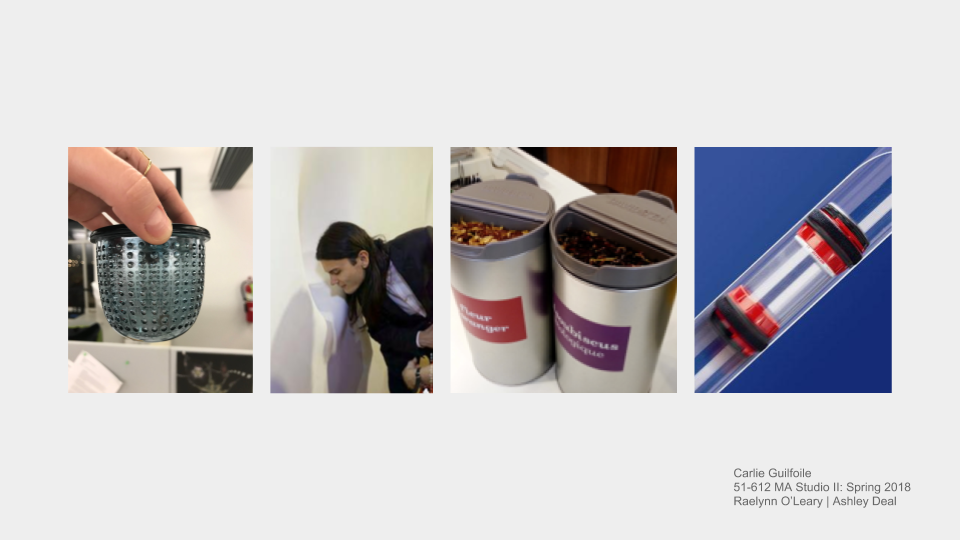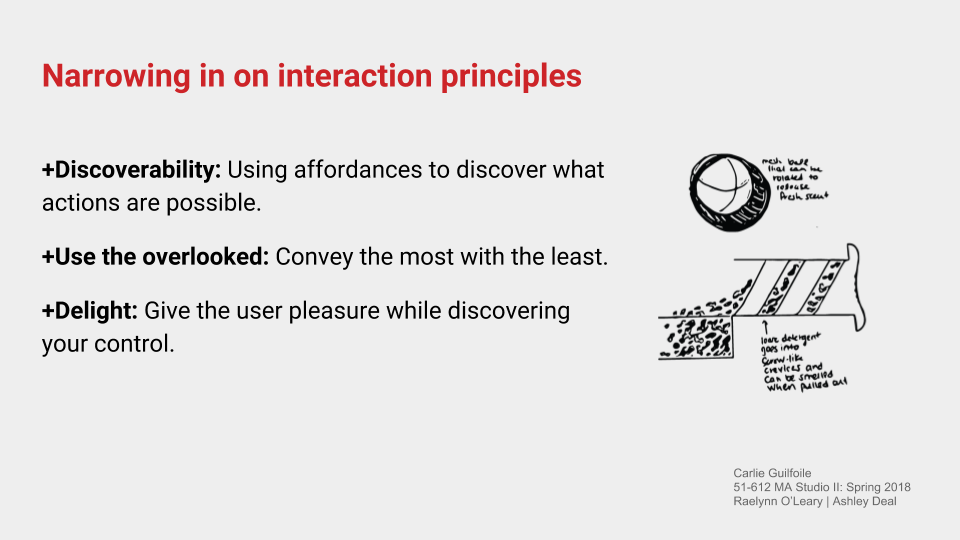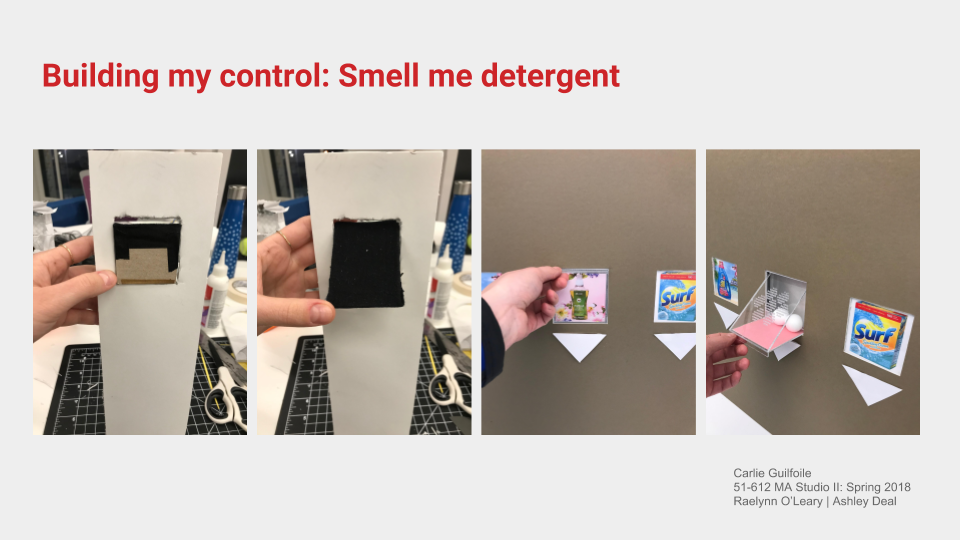For my first studio project, I was tasked with designing a control for a laundromat that has a distinct input and associated outcome. After observing users at LaundryTime in my neighborhood and asking students about their experiences doing laundry outside of their home, I became interested in how customers selected detergent from the onsite vending machine.
Research
To develop my solution, I observed users at a local laundromat and conducted user interviews. I also made an inventory of interactions that take place at the laundromat. In this inventory of interactions, I focused on: user goals, conceptual models, affordances, constraints, mapping, signifiers, and feedback.
Ideation
After deciding on a control for the detergent machine, I took to doing more sketches of possible designs before prototyping the physical form. I came up with a handful of ideas that were guided by the following design principles:
Discoverability: Using affordances to discover what actions are possible
Use the overlooked: Convey the most with the least.
Delight: Give the user pleasure while discovering your control.
Solution
My final solution encompasses a new control that enables users to smell the laundry detergent options before they select one for purchase. This control was laser cut and designed to be integrated into the existing vending machine and accessed through a simple push & drag motion of the finger.
A Focus on Detail
I used acrylic because it gives a very clean feel, exactly what these users are looking for at the laundromat. When thinking about the act of smelling, I brainstormed ways I could add subtle details to my design that would delight the user and also use the overlooked. I decided that the holes should make a pattern that reflected the smell of detergent inside. I thought this would not only bring some pleasure to the user but also help them make connections between smells and detergent types. I used the laser cutter in the 3D Lab to cut my materials before beginning the construction process.
“Microinteractions are the functional, interactive details of a product, and details, as Charles Eames famously said, aren’t just the details; they are the design.”








